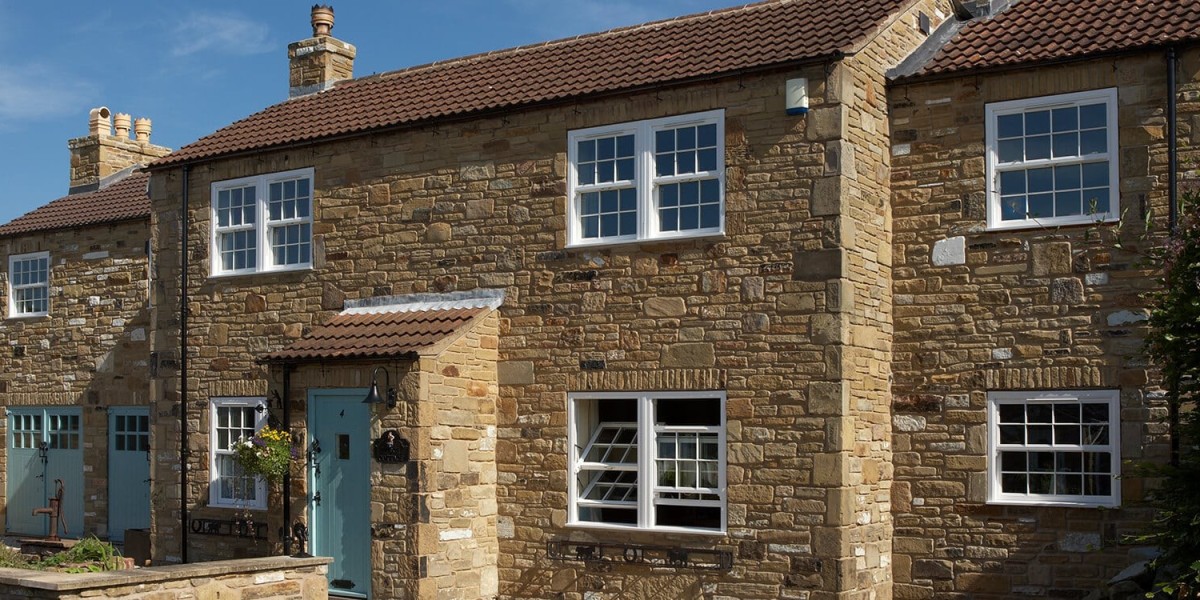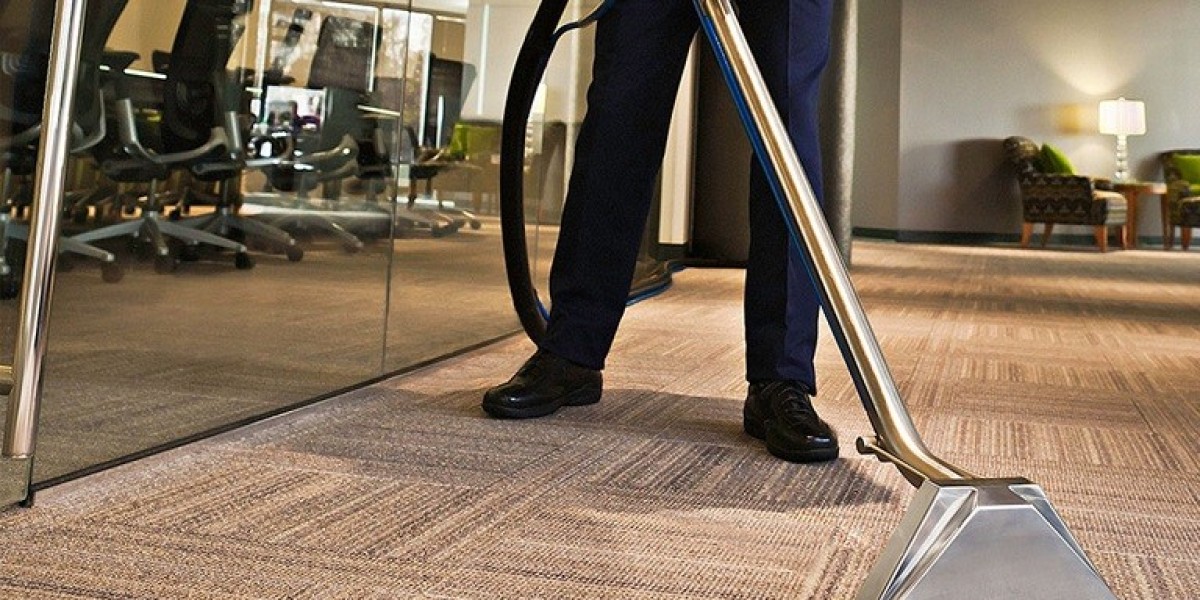Glass balustrades have become a prominent choice in modern architecture and design, combining aesthetic appeal with functionality. These transparent barriers are widely used in residential, commercial, and public spaces, offering an unobstructed view while ensuring safety and security. This report delves into the various aspects of glass balustrades, including their types, benefits, installation processes, and maintenance considerations.

1. Understanding Glass Balustrades
A balustrade is a railing supported by a series of balusters, which are short posts or pillars. Glass balustrades replace traditional materials like wood or metal with glass panels, creating a sleek and contemporary look. They are commonly used in staircases, balconies, decks, and pool areas, where safety is paramount without compromising the view.

2. Types of Glass Balustrades
There are several types of glass balustrades, each designed to meet specific needs and preferences:
- Frameless Glass Balustrades: These systems use thick tempered glass panels held in place by minimal hardware, providing a clean and unobstructed view. They are ideal for modern settings and Doors can be used both indoors and outdoors.
- Semi-Frameless Glass Balustrades: This type features glass panels that are partially framed, offering a balance between visibility and structural support. The framing can be made from materials like aluminum or stainless steel.
- Fully Framed Glass Balustrades: In this design, glass panels are completely enclosed within a frame. This option provides additional support and can be customized to match various architectural styles.
- Glass Balustrades with Handrails: Some glass balustrades incorporate handrails for added safety, particularly in high-traffic areas. These handrails can be made from different materials, including wood and metal.
3. Benefits of Glass Balustrades
The popularity of glass balustrades can be attributed to numerous benefits:
- Aesthetic Appeal: Glass balustrades add a modern and sophisticated touch to any space. Their transparency allows for a seamless integration with the surrounding environment, enhancing the overall design.
- Unobstructed Views: One of the primary advantages of glass balustrades is their ability to provide clear views. This feature is particularly desirable in locations with scenic vistas or architectural focal points.
- Safety and Security: Glass balustrades are designed to meet safety standards, providing robust barriers that prevent falls and accidents. Tempered glass is used for its strength and durability, making it a reliable choice for high-risk areas.
- Versatility: Glass balustrades can be adapted to various architectural styles and settings. They can be used in both residential and commercial projects, making them a versatile option for designers and homeowners alike.
- Low Maintenance: Glass surfaces are easy to clean and maintain. Regular cleaning with appropriate glass cleaners keeps them looking pristine, and they do not require the same level of upkeep as traditional materials.
4. Installation Process
The installation of glass balustrades requires careful planning and execution to ensure safety and compliance with building codes. Here is a general overview of the process:
- Design and Planning: Before installation, a detailed design plan should be created. This includes measurements, material selection, and compliance with local building regulations.
- Preparation of the Site: The installation area must be prepared by ensuring a stable and level surface. Any existing structures or obstructions should be addressed.
- Fabrication of Glass Panels: Glass panels are typically custom-made based on the design specifications. They are cut to size and treated for strength, usually through a tempering process.
- Installation of Supports: Depending on the type of balustrade, supports such as posts or brackets need to be installed. These must be securely anchored to the ground or existing structures.
- Placement of Glass Panels: Once the supports are in place, the glass panels are carefully positioned and secured. This step requires precision to ensure that the panels are level and aligned.
- Final Inspection: After installation, a thorough inspection is conducted to ensure that all components are secure and meet safety standards. Any necessary adjustments are made at this stage.
5. Maintenance Considerations
While glass balustrades are relatively low-maintenance, there are some considerations to keep in mind:
- Regular Cleaning: To maintain clarity and appearance, glass balustrades should be cleaned regularly. Using a soft cloth and a suitable glass cleaner is recommended to avoid scratches.
- Check for Damage: Periodically inspect the glass panels and supports for any signs of wear or damage. Address any issues promptly to ensure safety and longevity.
- Weather Considerations: For outdoor installations, consider the impact of weather conditions. In areas with harsh climates, protective coatings may be applied to enhance durability.
- Professional Maintenance: For high-rise buildings or complex installations, it may be beneficial to hire professionals for maintenance and inspections to ensure safety compliance.
6. Conclusion
Glass balustrades are an elegant and functional choice for a variety of architectural applications. Their ability to provide safety without obstructing views makes them a favored option among designers and homeowners. With various types available, glass balustrades can be customized to suit any style, enhancing both the aesthetic appeal and safety of a space. Proper installation and maintenance are crucial to ensure their longevity and effectiveness, making them a worthwhile investment for modern architecture.
In summary, glass balustrades represent a fusion of beauty and practicality, making them an essential element in contemporary design. As architectural trends continue to evolve, the demand for such innovative solutions is likely to grow, further solidifying the role of glass balustrades in creating safe and visually stunning environments.







